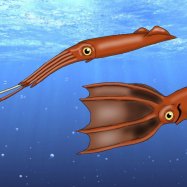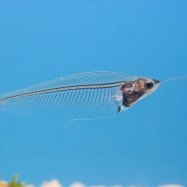
Snailfish
Up to 30 cm (12 in)
The Snailfish, found in the Arctic and Southern Oceans, is a deep-sea dweller known for its elongated and slender body shape. These creatures can grow up to 30 cm in length, making them a fascinating sight to see. With the common English name, this little fish may sound slow, but it's actually an agile hunter in its underwater home. Learn more about this unique animal from the Liparidae family and its extraordinary adaptations to survive in the depths of the ocean. #Snailfish #DeepSeaDweller #Liparidae #ArcticOcean #SouthernOcean #Wildlife
Animal Details Summary:
Common Name: Snailfish
Kingdom: Animalia
Habitat: Marine
The Fascinating Snailfish: An Unusual Creature of the Deep
The ocean is a vast and mysterious world, with depths that have yet to be fully explored. In its dark and cold waters, species thrive in an environment that is vastly different from what we are accustomed to on land. Among these creatures is the Snailfish, a unique and fascinating creature that inhabits the depths of the Arctic, Antarctic, and deep sea regions.In this article, we will take a closer look at the Snailfish, its characteristics, habitat, and behavior, and unravel the mysteries of this unusual creature of the deep Snailfish.
The Science Behind the Snailfish
Scientifically known as Liparidae, the Snailfish belongs to the Kingdom Animalia, Phylum Chordata, and Class Actinopterygii. It is part of the order Scorpaeniformes and the family Liparidae, which is derived from the Greek word “lipara” meaning “greasy.” This pertains to the slimy mucus that coats the body of the fish.There are over 400 known species of Snailfish, each with its own unique characteristics and adaptations. They are found in various habitats, from the shallow waters of the Arctic to the deep sea, making them a diverse and resilient family of fish.
While the Snailfish may not be the most visually striking fish, it makes up for it with its intriguing characteristics and behaviors. This elusive creature has long been a subject of fascination for scientists, and there is still much to be learned about its complex biology and ecology.
The Elusive Habitat of the Snailfish
Snailfish are primarily found in marine environments, inhabiting the cold, deep waters of the Arctic, Antarctic, and other deep sea regions. They are most commonly found at depths of 2,000 to 6,000 meters, making them one of the deepest living fish in the world Sable Black German Shepherd.Their preference for extreme depths may be due to their unique physiology, which allows them to survive in the cold and high-pressure environment of the deep sea. The Snailfish’s body is covered in a thick layer of mucus, which acts as insulation against the cold. They also have a slow metabolism, allowing them to conserve energy in the nutrient-poor deep sea.
Interestingly, while Snailfish may live in the same areas, they often occupy different depths, with some species preferring deeper waters than others. This adaptation allows them to avoid competition and maximize their chances of survival in their limited habitat.
A Varied Diet for Survival
Despite its small size, the Snailfish is a formidable predator. They are considered carnivorous, feeding on a variety of prey depending on their location and depth. In the shallows, they primarily feed on crustaceans, while in deeper waters, they may feed on small fish and other bottom-dwelling organisms.One of the most unique feeding behaviors of the Snailfish is its ability to withstand extreme pressure and “gulp” its prey. This is made possible by its flexible body and the high elasticity of its digestive system, allowing it to expand and contract to accommodate larger prey.
Being a slow-moving and solitary creature, Snailfish often rely on ambush hunting, waiting patiently for their prey to come within reach before striking and devouring it in one quick motion.
The Global Distribution of Snailfish
The Snailfish is found in various countries around the world, with the most concentration of species being in the Arctic and Antarctic regions. They are also found in the northern and southern Pacific and Atlantic oceans and the Indian Ocean.Their distribution is not limited to just one specific area, as some Snailfish species are found in both the Northern and Southern Hemispheres. This is indicative of their incredible ability to adapt and thrive in various environments.
A Unique and Ever-changing Appearance
One of the most intriguing characteristics of the Snailfish is its ever-changing appearance. Their bodies come in a range of colors, from translucent to pale, depending on the species and their habitat.The translucent and pale appearance is an adaptation that helps them blend in with their surroundings and evade predators. This is especially important in the deep sea, where the lack of light makes it difficult to spot prey and predators.
In addition to their color, Snailfish also have an elongated and slender body shape, with a tapered head and slim, pointed fins. Their bodies are designed for efficient movement in the water, allowing them to navigate through currents and crevices with ease.
The Size of the Snailfish
The Snailfish may be small in size, with an average length of 30 cm or 12 inches, but they make up for it with their unique abilities and adaptations. Some species can grow up to 60 cm (24 in), making them one of the largest fish in the deep sea.Their size, however, varies depending on the species and their location. Some species in the Arctic may be smaller compared to those living in the deep sea, where the environment is rich in food and resources.
The Snailfish: An Enigma of the Deep
The Snailfish may be small and unassuming, but it is a testament to the wonders and complexities of the ocean. Its unique adaptations and behaviors make it a crucial part of the marine ecosystem, and its presence in various parts of the world highlights the incredible diversity of our planet.Despite being studied for many years, there is still much to uncover about this elusive creature of the deep. Its enigmatic nature only adds to its allure, making it a source of fascination for scientists and ocean enthusiasts alike.
Without a doubt, the Snailfish has earned its place as one of the most interesting and remarkable creatures in the ocean. As we continue to explore and understand the mysteries of the deep, we can only hope to uncover more about this unusual and fascinating fish.
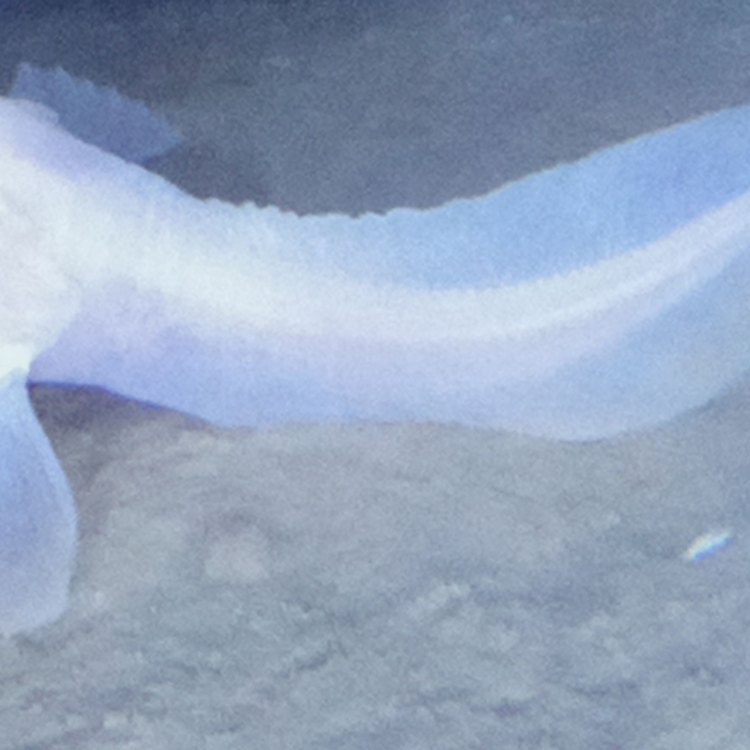
Snailfish
Animal Details Snailfish - Scientific Name: Liparidae
- Category: Animals S
- Scientific Name: Liparidae
- Common Name: Snailfish
- Kingdom: Animalia
- Phylum: Chordata
- Class: Actinopterygii
- Order: Scorpaeniformes
- Family: Liparidae
- Habitat: Marine
- Feeding Method: Carnivorous
- Geographical Distribution: Arctic, Antarctic, and deep sea regions
- Country of Origin: Various
- Location: Arctic Ocean, Southern Ocean, deep sea
- Animal Coloration: Varies, often translucent or pale
- Body Shape: Elongated and slender
- Length: Up to 30 cm (12 in)
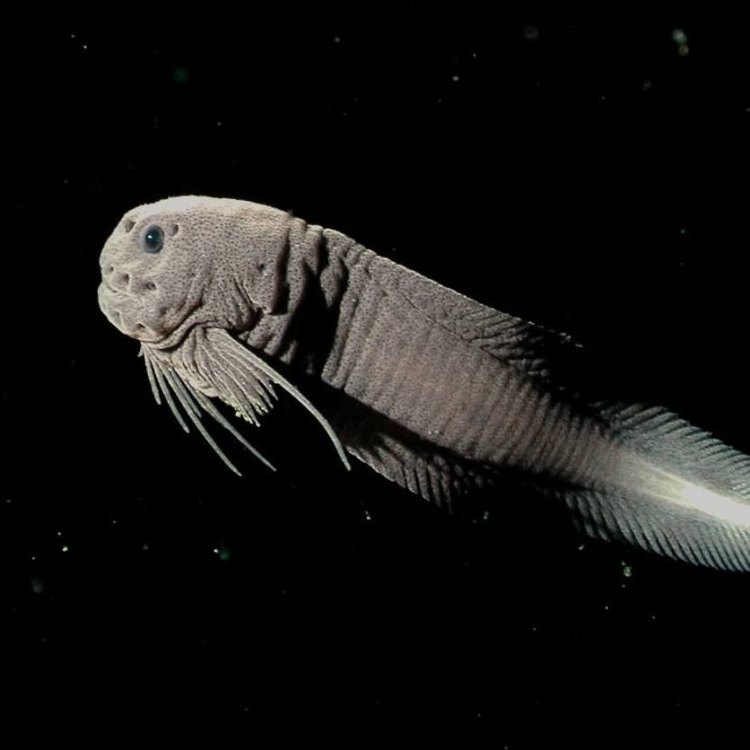
Snailfish
- Adult Size: 10-30 cm (4-12 in)
- Average Lifespan: Up to 15 years
- Reproduction: Egg-laying
- Reproductive Behavior: Female lays eggs, male guards and cares for them
- Sound or Call: Not known for vocalizations
- Migration Pattern: Varies
- Social Groups: Solitary or small groups
- Behavior: Slow-moving, adapted to life in the deep sea
- Threats: Overfishing and climate change
- Conservation Status: Not evaluated
- Impact on Ecosystem: Important prey for larger predators
- Human Use: Some species are commercially fished
- Distinctive Features: Soft bodies, lack of scales, large mouths
- Interesting Facts: Snailfish can withstand extreme pressures in the deep sea
- Predator: Various larger fish species
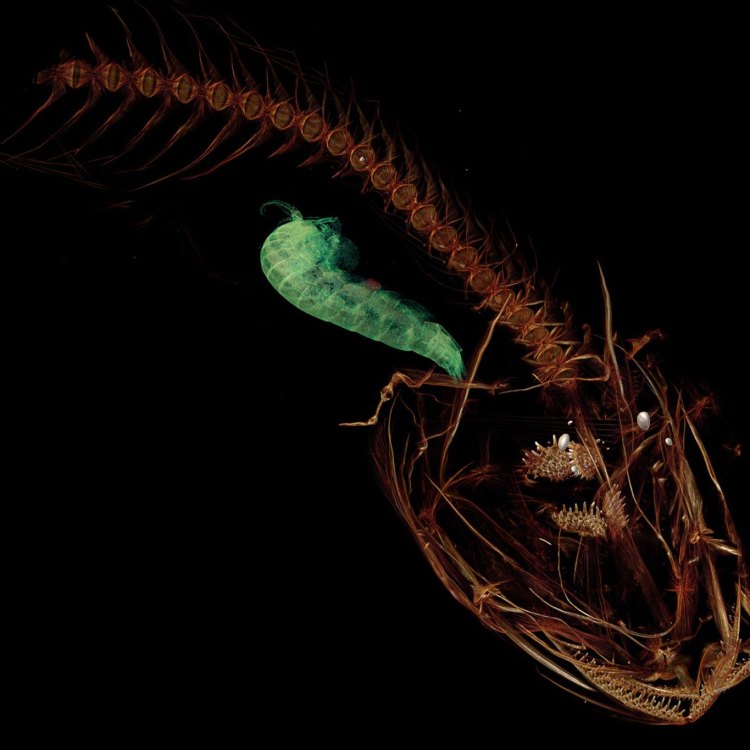
Liparidae
The Fascinating World of Snailfish: Survivors of the Deep Sea
In the vast and mysterious depths of the ocean, there lies a creature that has captured the curiosity of scientists and adventure-seekers alike - the snailfish. These unique creatures have adapted to thrive in the extreme conditions of the deep sea, with soft bodies, large mouths, and an ability to withstand crushing pressures. They may not be as well-known as other ocean creatures, but the snailfish is truly a fascinating and resilient species deserving of our attention.Adult snailfish typically range in size from 10 to 30 cm (4-12 in), making them relatively small compared to other deep-sea dwellers PeaceOfAnimals.Com. However, what they lack in size, they make up for in their adaptability and longevity. Snailfish have an average lifespan of up to 15 years, surviving in an environment where food and resources are scarce.
One of the most unique aspects of snailfish is their reproductive behavior. Females lay eggs, which are then fertilized by males who carefully guard and care for them until they hatch. This is a fascinating display of parental care in an environment where survival is a constant struggle. Once the offspring hatch, they are left to fend for themselves, and the cycle continues.
While many ocean creatures are known for their vocalizations, snailfish are not one of them. They do not make any known sounds or calls, making them one of the few silent denizens of the deep sea. Migration patterns of snailfish vary, with some species being solitary, while others form small groups Saanen Goat. This behavior is crucial for their survival as it allows them to work together to find food and shelter in the vast and often unpredictable ocean.
Snailfish are slow-moving creatures, perfectly adapted to life in the deep sea. With limited food and resources, they have learned to conserve energy and move at a relaxed pace. However, despite their sluggish appearance, snailfish are skilled predators, feeding on a variety of smaller fish and invertebrates. They have also been known to scavenge on the carcasses of larger animals that have fallen to the ocean floor.
Unfortunately, like many creatures in our oceans, snailfish are facing threats to their survival. Overfishing and climate change are major concerns, and with the deep sea being a largely unexplored and unregulated territory, it is challenging to monitor their populations. As a result, the conservation status of snailfish has not yet been evaluated. However, it is crucial for us to understand the impact of human activities on these creatures and take steps to protect their fragile environment.
Snailfish may seem like small and insignificant creatures, but they play a vital role in the ecosystem as prey for larger predators such as sharks and other fish. Their soft bodies and lack of scales make them an easy target for predators, but their small size also allows them to navigate through narrow crevices and hide from danger. This is just one of the many ways that snailfish have adapted to survive in the deep sea.
Humans have also found a use for snailfish - some species are commercially fished for food. In Japan, snailfish is a popular delicacy, often served as sashimi or in a hotpot dish. However, this traditional practice has come under scrutiny in recent years, as overfishing has led to a decline in snailfish populations. It is important for us to strike a balance between enjoying the ocean's bounty and preserving its delicate ecosystems.
While snailfish may not have the flashy appearance of other ocean creatures, they are truly unique in their own way. Their soft, elongated bodies, lack of scales, and large mouths make them stand out from most fish species. And although it may seem paradoxical, their soft, jelly-like bodies are perfectly adapted to survive in the depths of the ocean. This is because they thrive in environments with extremely high pressure, and their body structure allows them to withstand such conditions.
One of the most interesting facts about snailfish is their ability to withstand extreme pressures in the deep sea. They can survive at a depth of up to 8000m, which is almost 5 miles below the ocean's surface. At this depth, the pressure is equivalent to the weight of approximately 1600 elephants. Yet, snailfish continue to thrive, showcasing their incredible resilience and adaptability.
But, despite their toughness, snailfish are not immune to predators. Various larger fish species such as eels, sharks, and other deep-sea creatures have been known to feed on snailfish. However, with their small size and ability to hide in tight spaces, snailfish have managed to survive and thrive in the deep sea.
In conclusion, the snailfish is a truly remarkable and unique creature that has adapted to survive in one of the harshest environments on our planet - the deep sea. Their slow-moving nature, reproductive behavior, and ability to withstand extreme pressures make them a fascinating subject of study. As we continue to explore and understand the ocean's depths, it is crucial for us to protect and preserve the delicate balance of its inhabitants, including the resilient and enigmatic snailfish.
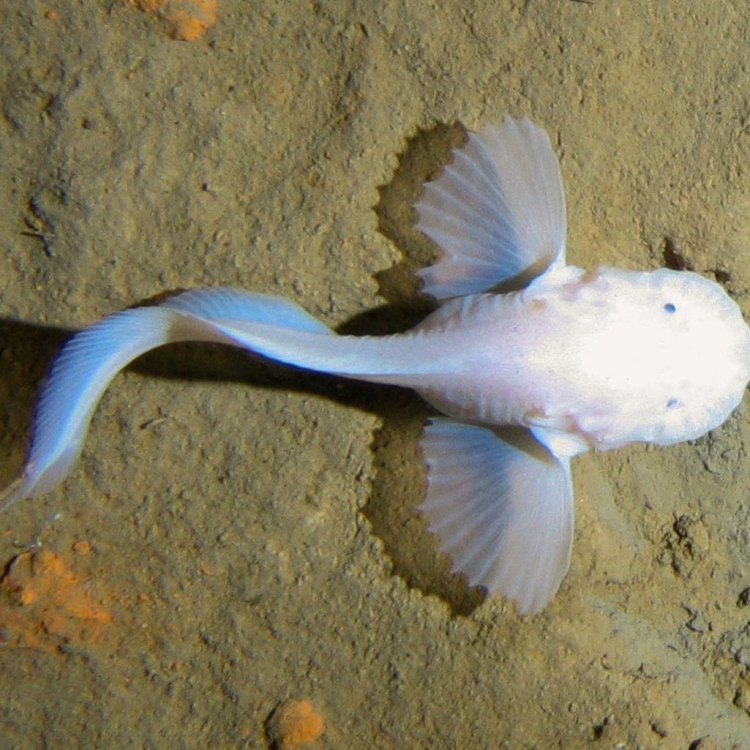
The Fascinating Snailfish: An Unusual Creature of the Deep
Disclaimer: The content provided is for informational purposes only. We cannot guarantee the accuracy of the information on this page 100%. All information provided here may change without prior notice.


